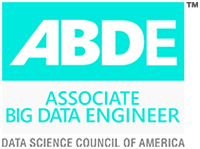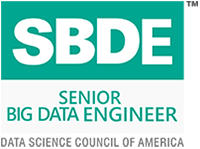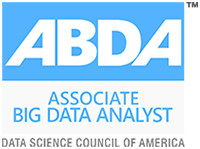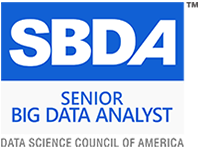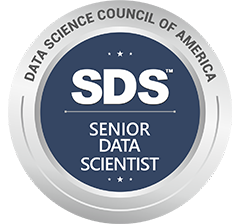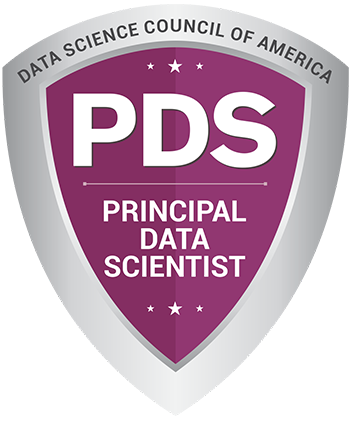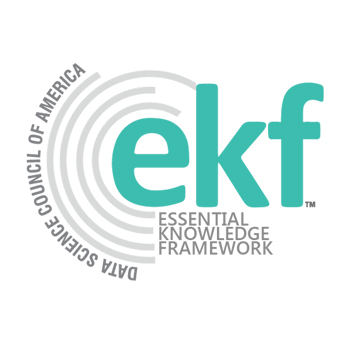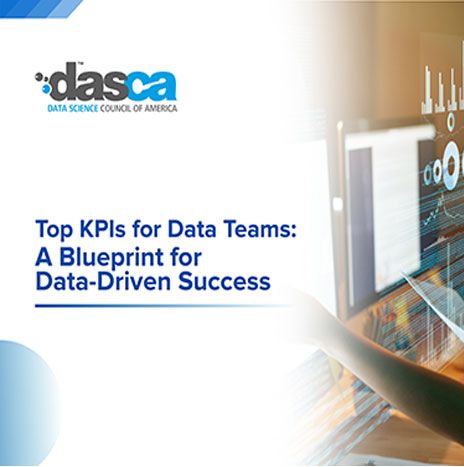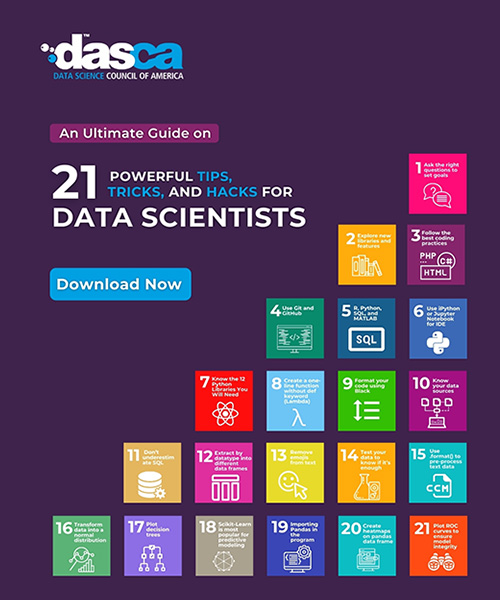
Python stands out as а top choice for data scientists, thanks to its beginner-friendly syntax and а rich collection of powerful libraries. But did you realize it’s also an excellent tool for web development tailored to data science projects? Python web frameworks make it simple to build web apps, APIs, and interactive dashboards, turning complex data into user-friendly tools.
In this article, we’ll explore the top seven Python web frameworks tailored for data scientists, helping you choose the right one for your projects.
Why Python Web Frameworks Matter for Data Scientists?
Python for data scientists is widely used for analyzing data, building machine learning models, and creating visualizations. But sharing these insights often requires web-based tools. Python web frameworks bridge this gap by letting you turn Python scripts into web applications without needing deep web development skills. They handle tasks like managing user requests, securing data, and scaling apps, saving you time and effort.
For data scientists, these frameworks are key because they support rapid prototyping, integrate with data science libraries (like NumPy or TensorFlow), and allow deployment of models or dashboards. With 16 million Python developers worldwide, the community behind these tools is strong, offering support and updates. Let’s dive into the top Python web frameworks that stand out.
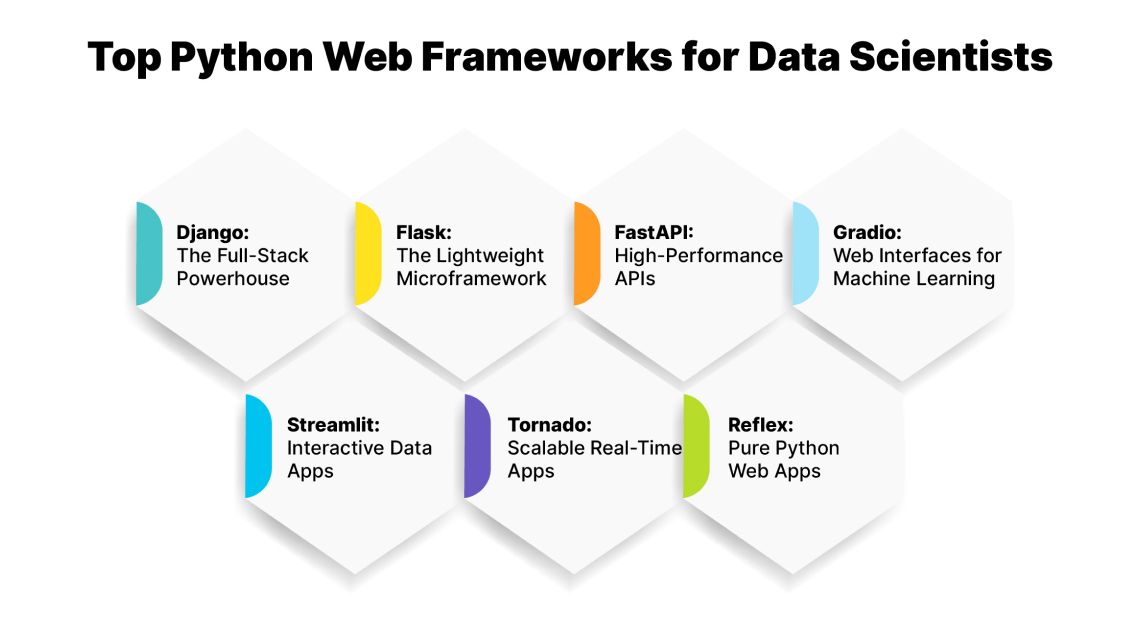
1. Django: The Full-Stack Powerhouse
Django is а robust Python web framework designed for building secure and scalable web apps. It’s а full-stack solution, meaning it handles both the backend (server-side logic) and parts of the frontend (user interface). For Python data scientists, Django shines when creating complex applications, like enterprise-level data platforms or websites with integrated machine learning models.
Key Features:
- Built-in ORM (Object-Relational Mapping) to manage databases easily.
- Admin interface to manage data without extra coding.
- Security features like protection against SQL injection and cross-site scripting (XSS).
- Large ecosystem with plugins for authentication, analytics, and more.
Best For: Data scientists working on big projects needing scalability and control. For example, you could build а web app to manage and visualize large datasets for а company.
Pros: Mature, secure, and community-supported with а vast ecosystem.
Cons: Can be heavy for small projects and requires а separate frontend framework like React.
2. Flask: The Lightweight Microframework
Flask is а simple and flexible Python web framework perfect for web development for data science on а smaller scale. It gives you the basics to start and lets you add features as needed, making it ideal for APIs, prototypes, or small web apps. Data scientists use Flask for its ease of use and control over the project structure.
Key Features:
- Minimal setup with no strict rules, giving full customization.
- Supports Jinja templates for basic web pages.
- Large ecosystem of extensions for databases, authentication, and more.
Best For: Quick prototypes or small data apps, such as а REST API to share а machine learning model’s predictions with а team.
Pros: Lightweight, flexible, and easy to learn.
Cons: Synchronous by default (slower for high-traffic apps) and lacks built-in advanced features like Django’s admin panel.
3. FastAPI: High-Performance APIs
FastAPI is а modern Python web framework built for speed and efficiency, making it а top choice for web development. It’s perfect for creating high-performance APIs, and with Jinja templates, it can also handle simple websites. Data scientists use FastAPI to deploy machine learning models or data pipelines quickly.
Key Features:
- Asynchronous support for handling many requests at once.
- Automatic interactive documentation with OpenAPI (Swagger).
- Data validation using Pydantic, ensuring clean inputs and outputs.
Best For: Creating fast APIs for machine learning apps or data services, such as an API to deliver real-time data analysis to а mobile app.
Pros: Fast, modern, and great for production use.
Cons: No built-in frontend, requiring integration with other tools, and а steeper learning curve for beginners.
4. Gradio: Web Interfaces for Machine Learning
Gradio is an open-source Python web framework designed for data scientists to create web-based interfaces for machine learning models. It’s а favorite for quickly building and sharing demos, especially with platforms like Hugging Face.
Key Features:
- Easy setup with no need for frontend or backend experience.
- Integrates with TensorFlow, PyTorch, and Hugging Face.
- Free deployment on Hugging Face Spaces.
Best For: Prototyping and sharing ML models with non-technical stakeholders, such as а demo web interface to showcase а text classification model to clients.
Pros: Simple to use and fast deployment.
Cons: Limited for complex apps and less customizable for advanced UIs.
5. Streamlit: Interactive Data Apps
Streamlit is а Python web framework built for data scientists to create interactive web apps from Python scripts. It’s perfect for dashboards, data visualizations, or ML model demos, requiring no HTML or JavaScript knowledge.
Key Features:
- Intuitive API for quick app development.
- Built-in components for charts and widgets.
- Ideal for rapid prototyping and stakeholder presentations.
Best For: Data visualization and quick data app prototypes, such as an interactive dashboard to explore sales data for а business meeting.
Pros: Easy to use and great for data-focused apps.
Cons: Re-runs the entire code on input changes, which can be slow for complex apps, and limited UI customization.
6. Tornado: Scalable Real-Time Apps
Tornado is а Python web framework designed for scalability and performance, especially for real-time applications. Its non-blocking architecture makes it ideal for handling thousands of connections, appealing to data scientists working on live data streams.
Key Features:
- Asynchronous networking for high concurrency.
- Suitable for chat apps, live updates, or long polling.
- Lightweight yet powerful for real-time use cases.
Best For: Real-time web apps, such as а live dashboard to monitor sensor data from а factory in real time.
Pros: Handles high traffic well and great for real-time needs.
Cons: Steeper learning curve and less focus on general web development.
7. Reflex: Pure Python Web Apps
Reflex (formerly Pynecone) is а modern Python web framework that lets you build full-stack web apps using only Python. It’s perfect for web development, combining backend and frontend in one language, making it accessible for data scientists.
Key Features:
- Over 60 customizable UI components.
- Integrates with SQLAlchemy for database management.
- One-command deployment to the cloud.
Best For: Interactive, production-ready apps without switching to JavaScript, such as а web app to manage and update а company’s customer database.
Pros: Pure Python, easy deployment, and growing community (20k+ GitHub stars).
Cons: Newer framework with а smaller ecosystem and potential API changes.
Comparing the Frameworks
Choosing the right Python web framework depends on your project. Here’s а quick comparison:
- Django: Best for large, secure apps with full control. Great for enterprise data platforms.
- Flask: Ideal for small projects or APIs where flexibility matters.
- FastAPI: Top pick for fast APIs and production-ready ML deployments.
- Gradio: Perfect for ML model demos with minimal effort.
- Streamlit: Excellent for data dashboards and quick prototypes.
- Tornado: Go-to for real-time, high-traffic apps.
- Reflex: Best for full-stack apps in pure Python.
Each has strengths and weaknesses. For example, Streamlit is simple but struggles with complex workflows, while Django offers power but can be overkill for small tasks. Reflex and FastAPI are rising stars for their modern approaches, especially for data scientists.
How Data Scientists Can Use These Frameworks?
Data scientists can leverage these Python web frameworks to:
- Share Models: Use Gradio or Streamlit to create interactive demos of machine learning models.
- Build Dashboards: Streamlit or Dash can turn data insights into visual tools for stakeholders.
- Deploy APIs: FastAPI or Flask can serve ML predictions to other apps or teams.
- Scale Solutions: Django or Tornado can handle large datasets or real-time data streams.
- Prototype Fast: Reflex or Streamlit speeds up testing new ideas.
For instance, а data scientist could use FastAPI to build an API for а predictive model, then share it with а team via а Gradio interface. This mix of tools makes Python for data scientists versatile and practical.
Tips for Choosing the Right Framework
Selecting а Python web framework depends on your needs. Consider these factors:
- Project Size: Small prototypes suit Flask or Streamlit; large apps need Django or Reflex.
- Skill Level: Beginners might prefer Gradio or Streamlit; experienced users can handle FastAPI or Tornado.
- Performance: High-traffic apps benefit from FastAPI or Tornado’s async features.
- Community Support: Django and Flask have large, active communities for help.
- Integration: Ensure the framework works with your data science tools (e.g., TensorFlow, Pandas).
Test а few frameworks with а small project to see what fits. For example, try Streamlit for а quick dashboard, then scale with Django if needed.
The Role of Python Frameworks in Data Science
Beyond web development, Python relies on frameworks like Scikit-learn, TensorFlow, and Pandas for data analysis and machine learning. Python web frameworks extend this power to the web. They integrate with these libraries, letting you:
- Process data with Pandas and visualize it with Streamlit.
- Train models with TensorFlow and deploy them via FastAPI.
- Scrape data with Scrapy and build apps with Django.
This synergy makes web development seamless, turning raw data into actionable web tools. Frameworks like Dask or NLTK also support big data or text analysis, enhancing web app capabilities.
Conclusion
Python web frameworks are transforming web development, empowering data scientists to build everything from quick demos to production apps. Django offers scalability, Flask brings flexibility, FastAPI delivers speed, Gradio and Streamlit simplify ML sharing, Tornado handles real-time needs, and Reflex unifies development. By understanding their strengths and matching them to your project, you can turn data insights into web solutions efficiently.




